Protection against future rises in sea levels
At Lynetteholm, stone embankments and a varied coastal landscape will help provide protection against future sea-level rises.
Copenhageners will gain a new stretch of coastline with woodlands and recreational beach areas, while animals and plants will find new habitats both above and below the waterline.
We call the design ‘nature-based storm-surge protection’.
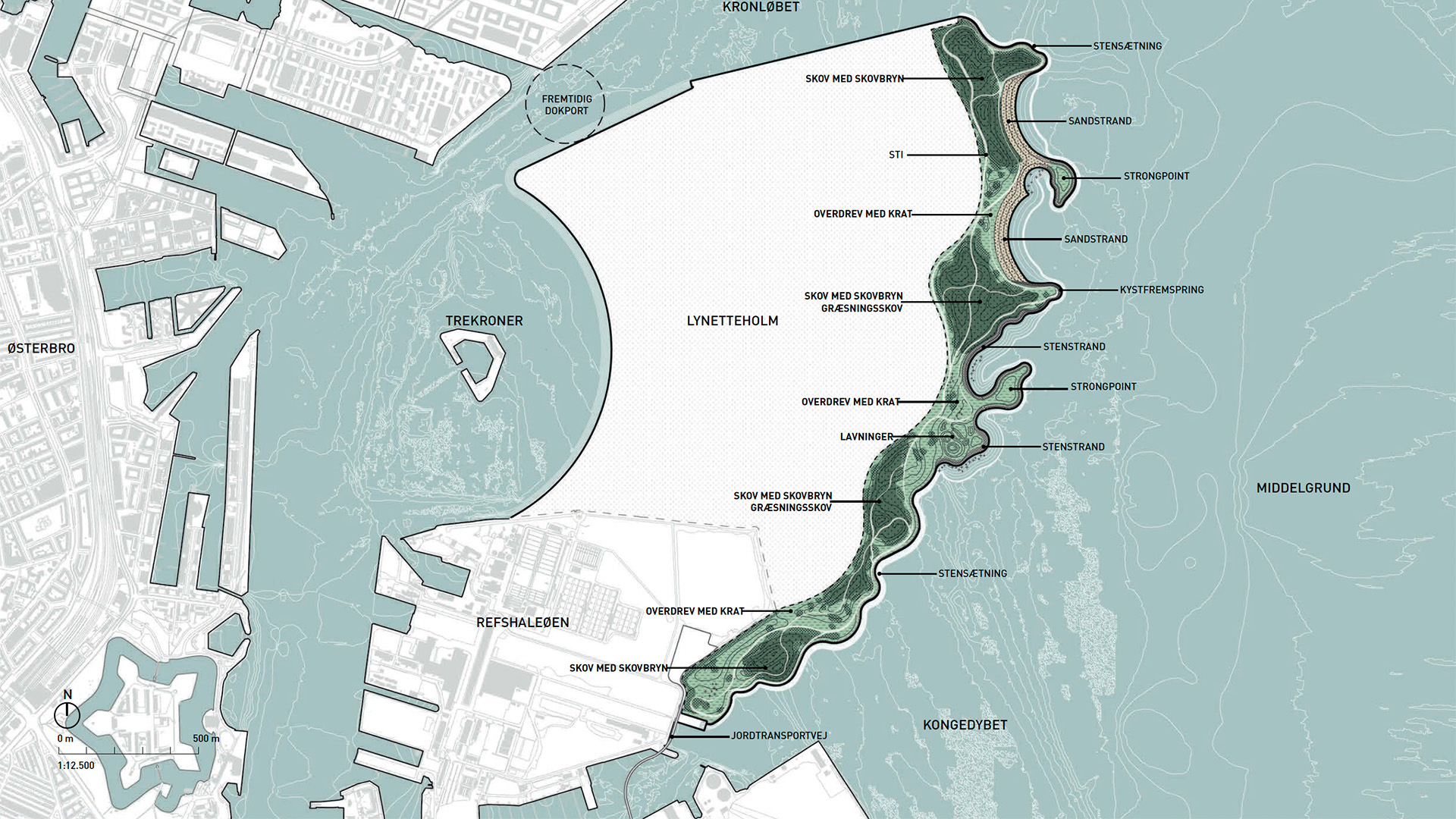
Where Lynetteholm faces Øresund, an indented coastline will be created. Following the indentations will
provide a 4.7 km walk. As the crow flies, the new coastal landscape stretches to 2.7 km.
Room for nature and people
Drawing on a wide range of expertise, By & Havn have developed a coastal landscape for...
Natural values
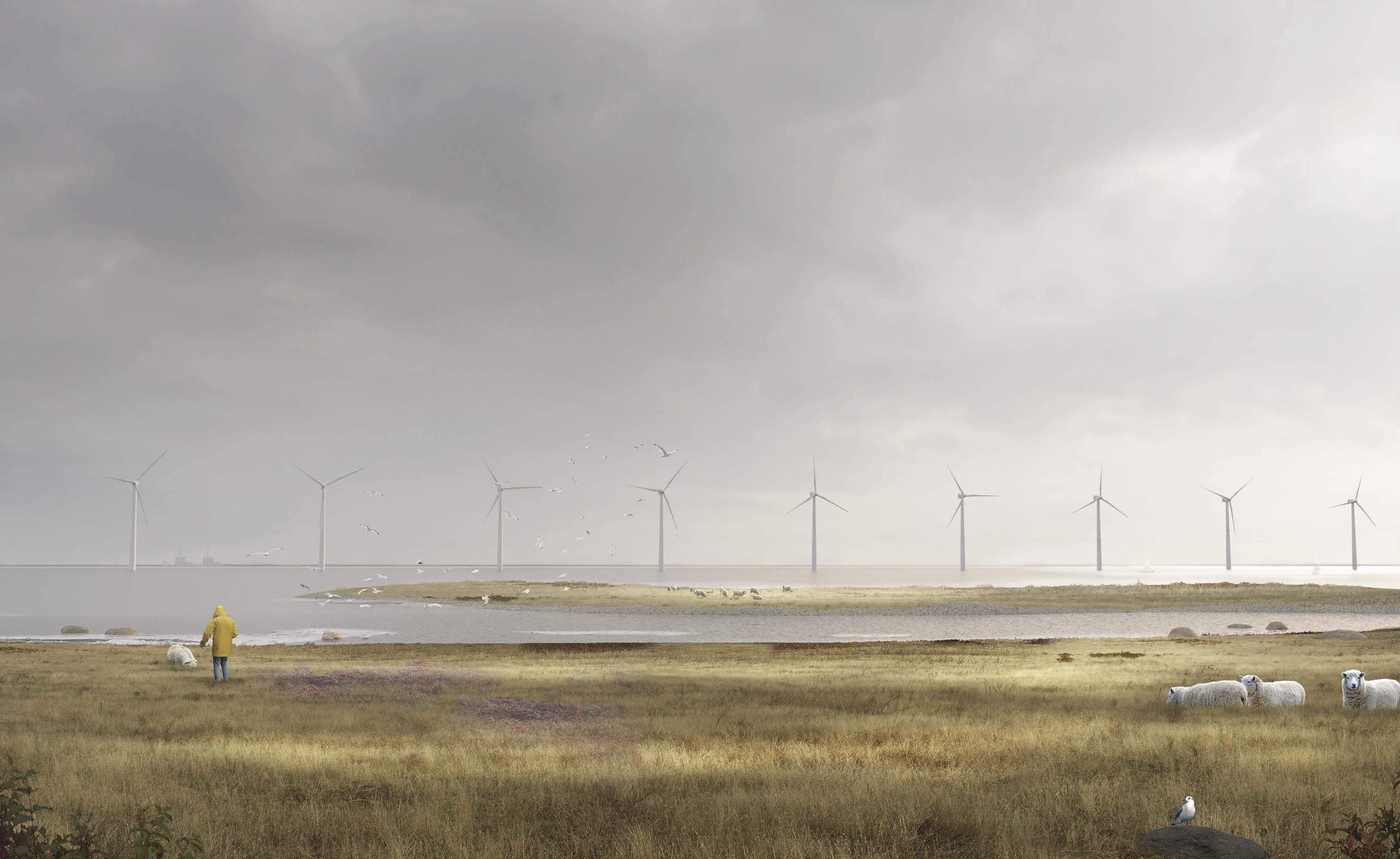
- High biodiversity
- Danish biotopes
- Extensive coherent landscape areas
- Nature in constant development
Recreational values
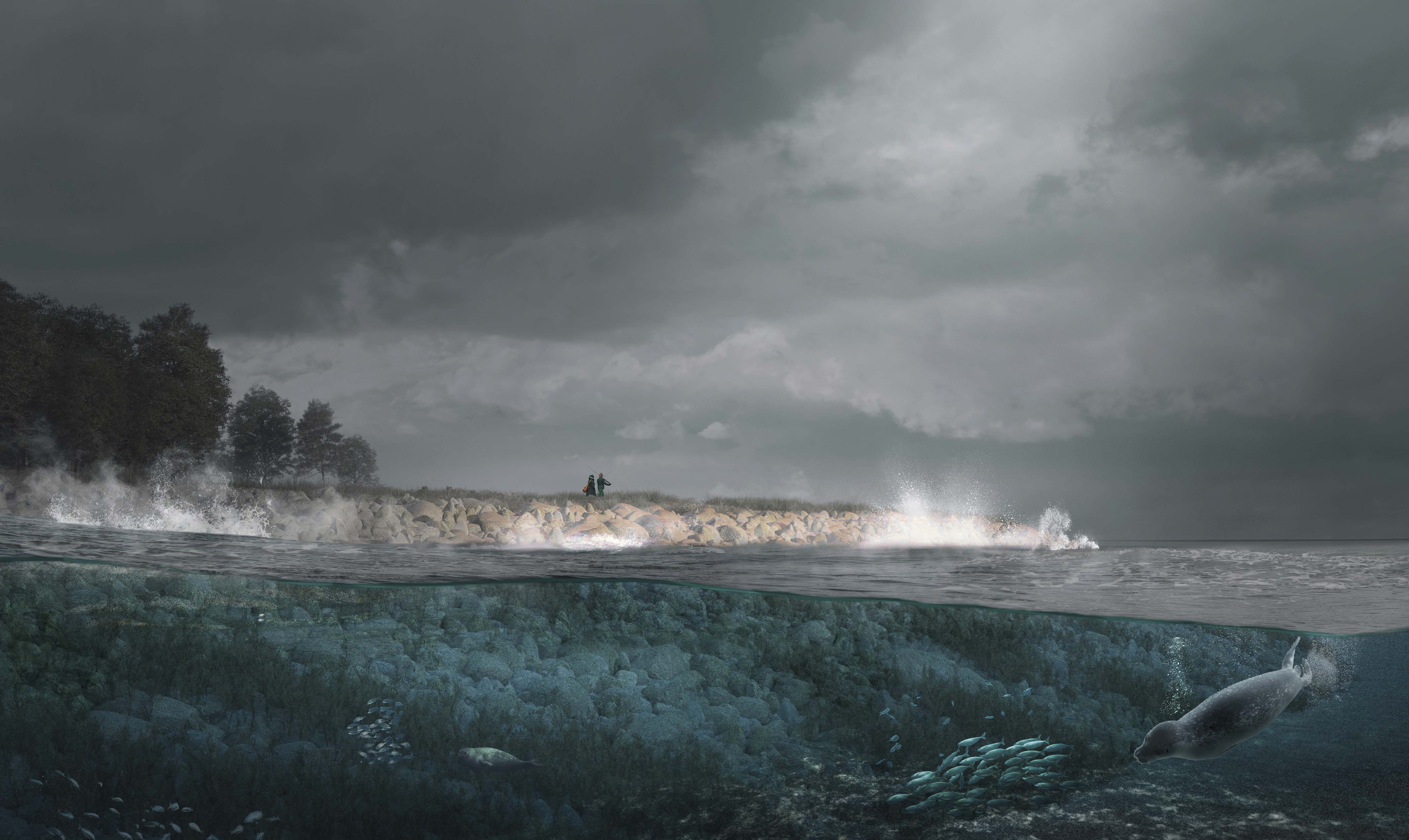
- Access to the coastal landscape
- Sensory experiences
- A diverse landscape
- Experience daily and seasonal rhythms
From vertical quayside to open coast
Rather than the familiar vertical drops of Copenhagen’s old industrial port, the water’s edge around Lynetteholm will be constructed as open landscape. This is an ‘invisible’ way of providing storm-surge protection and will allow Copenhageners to come down to the water.
A vertical edge makes waves crash upwards. A flat coastline draws the force out of the waves. Lynetteholm’s perimeter, which provides the storm-surge protection, can therefore be considerably lower than it if were vertical.
Vertical edge:
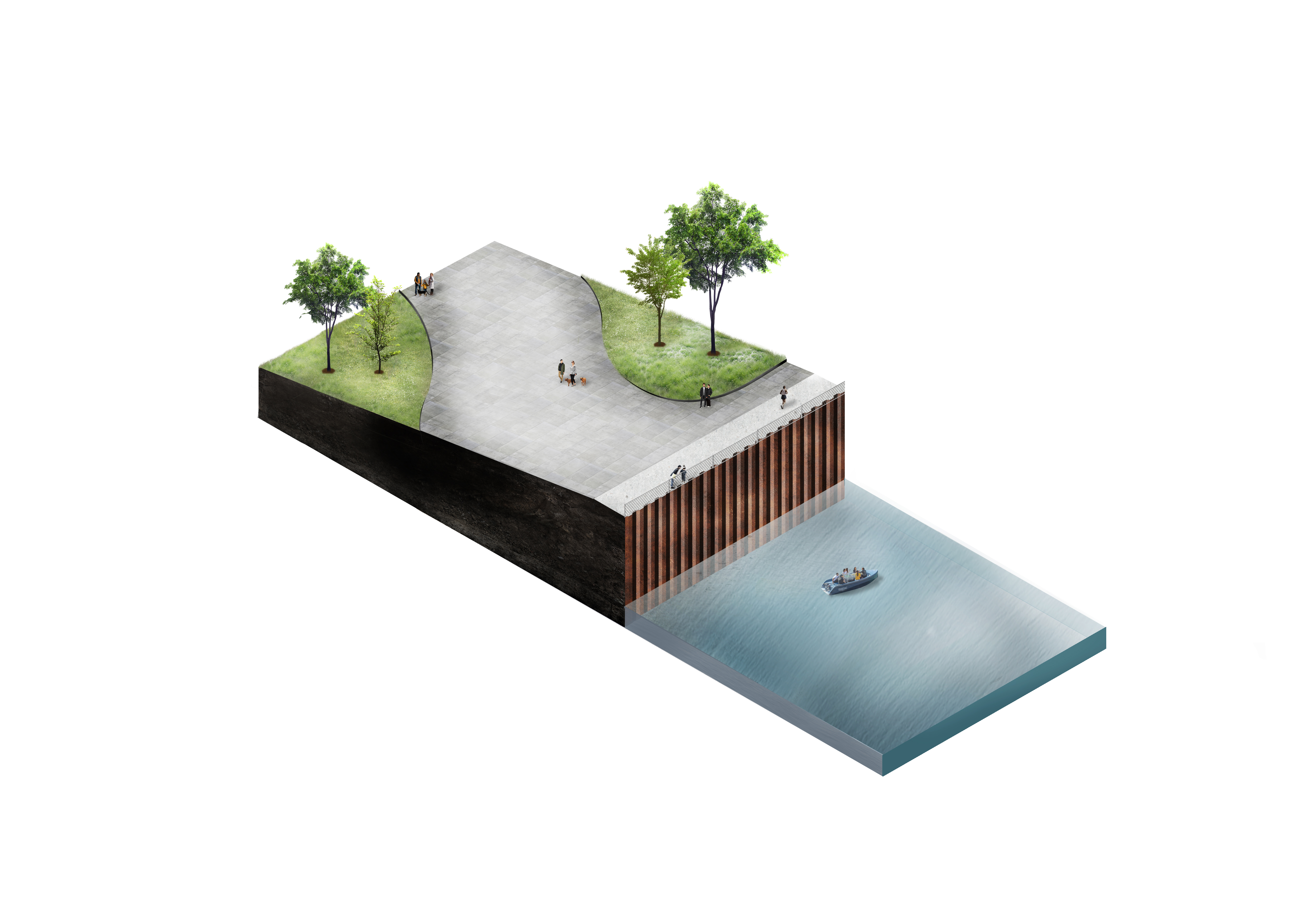

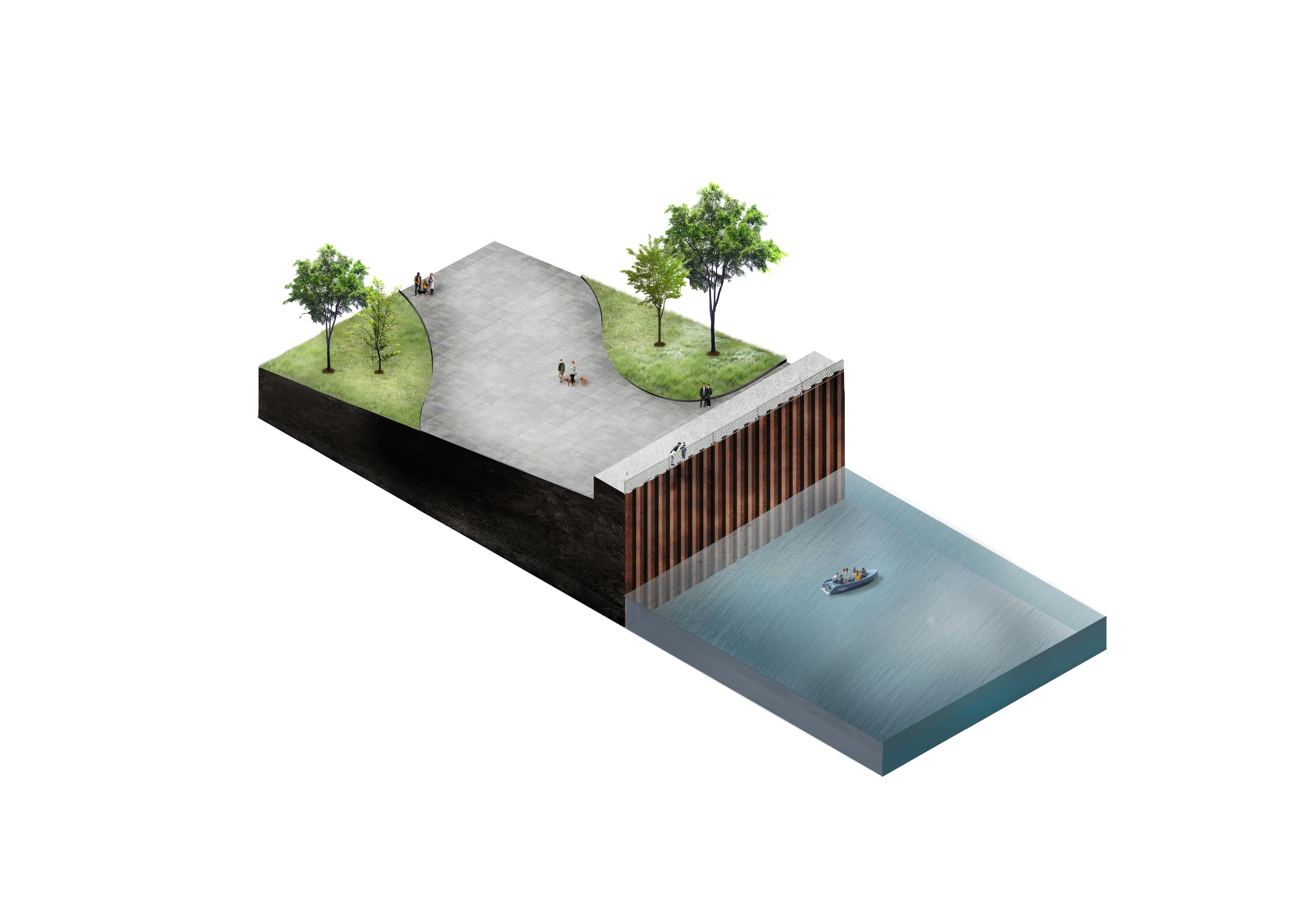
Quaysides will constantly have to be raised to keep pace with rises in water levels. This will create an ever greater barrier to the water.
Flat coastline:
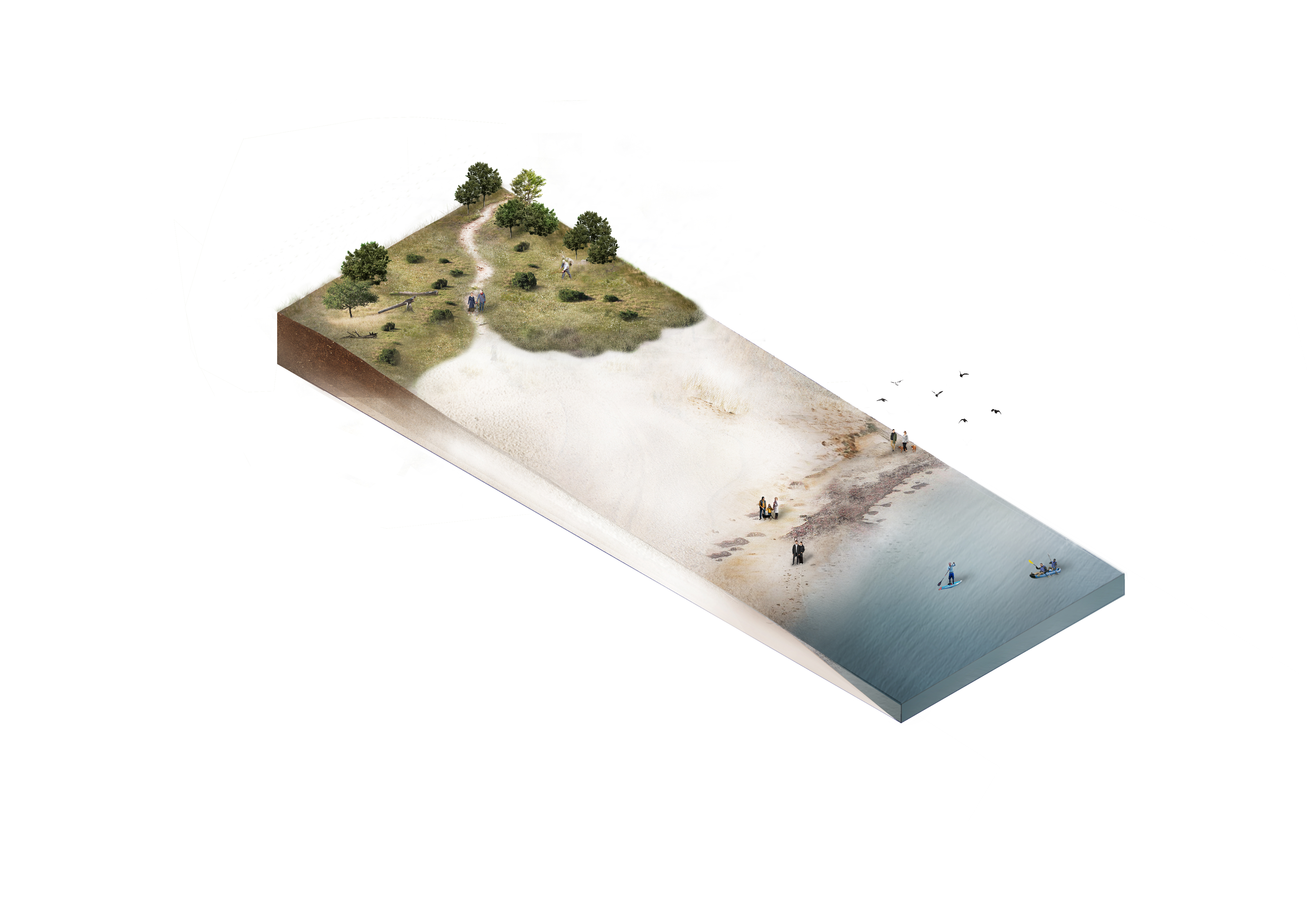

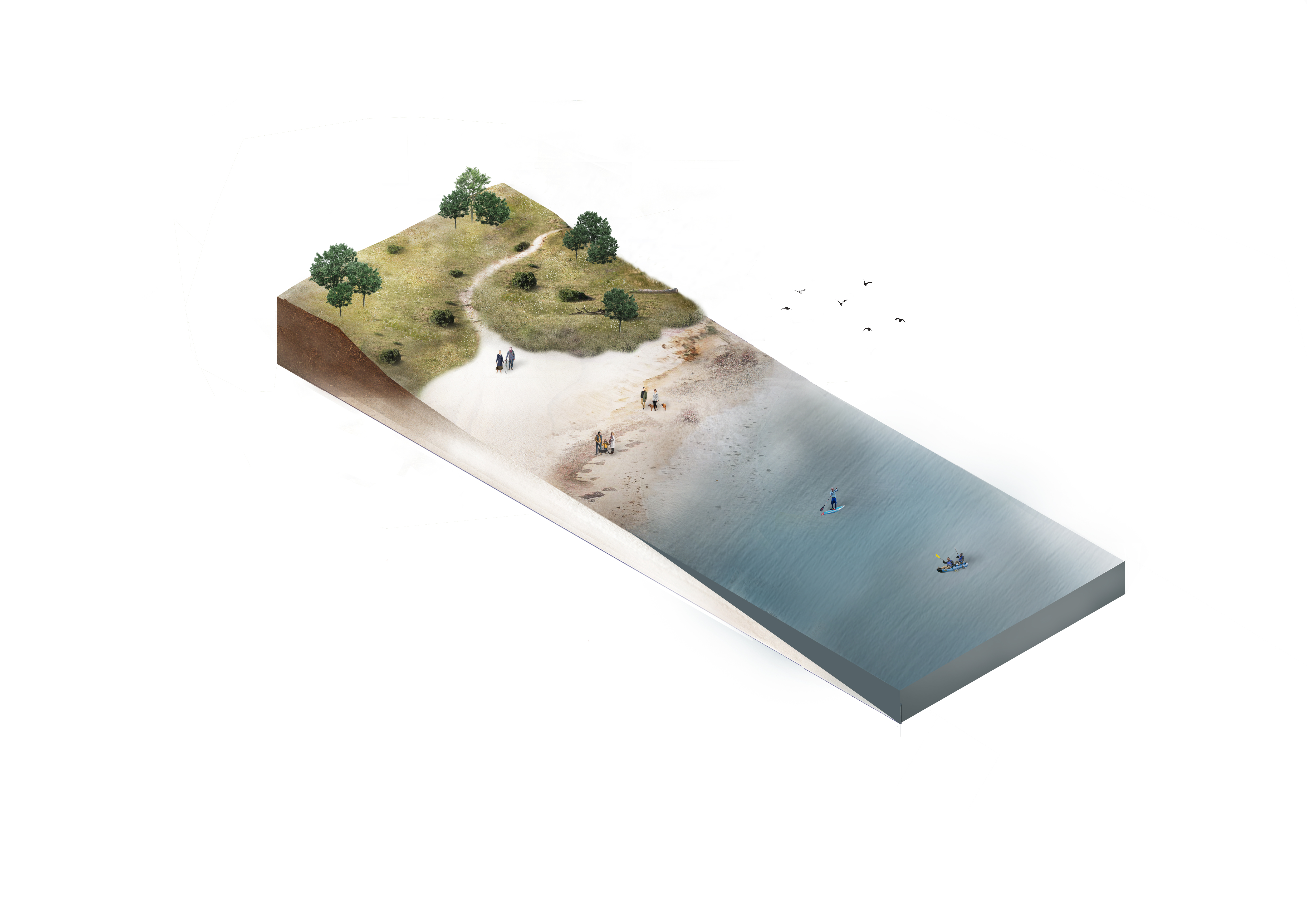
If necessary, and to increase the storm-surge protection, the height of the coastal landscape may be adjusted locally without creating a barrier to the water.
Gradual landscape development
Time is a crucial factor in the development of robust planting.
The coastal landscapes first round of planting – including trees – are to be sown from seed. This means that they will germinate in the environment where they are to grow, encouraging trees and woods that are resistant to storms.
1st year after completion
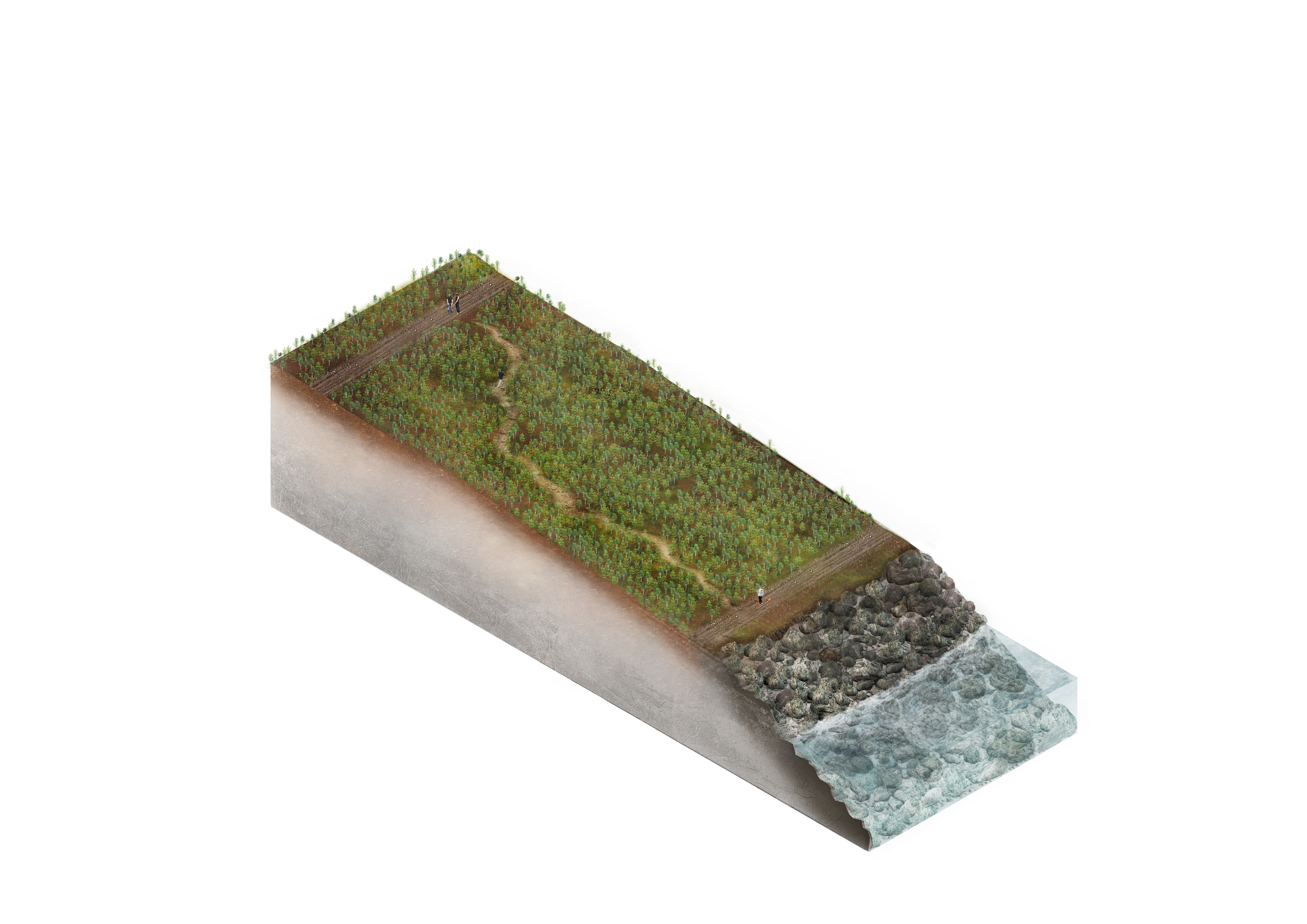
Stone embankments:
- Elevated terrain
- Sown woodland

About 20 years later...
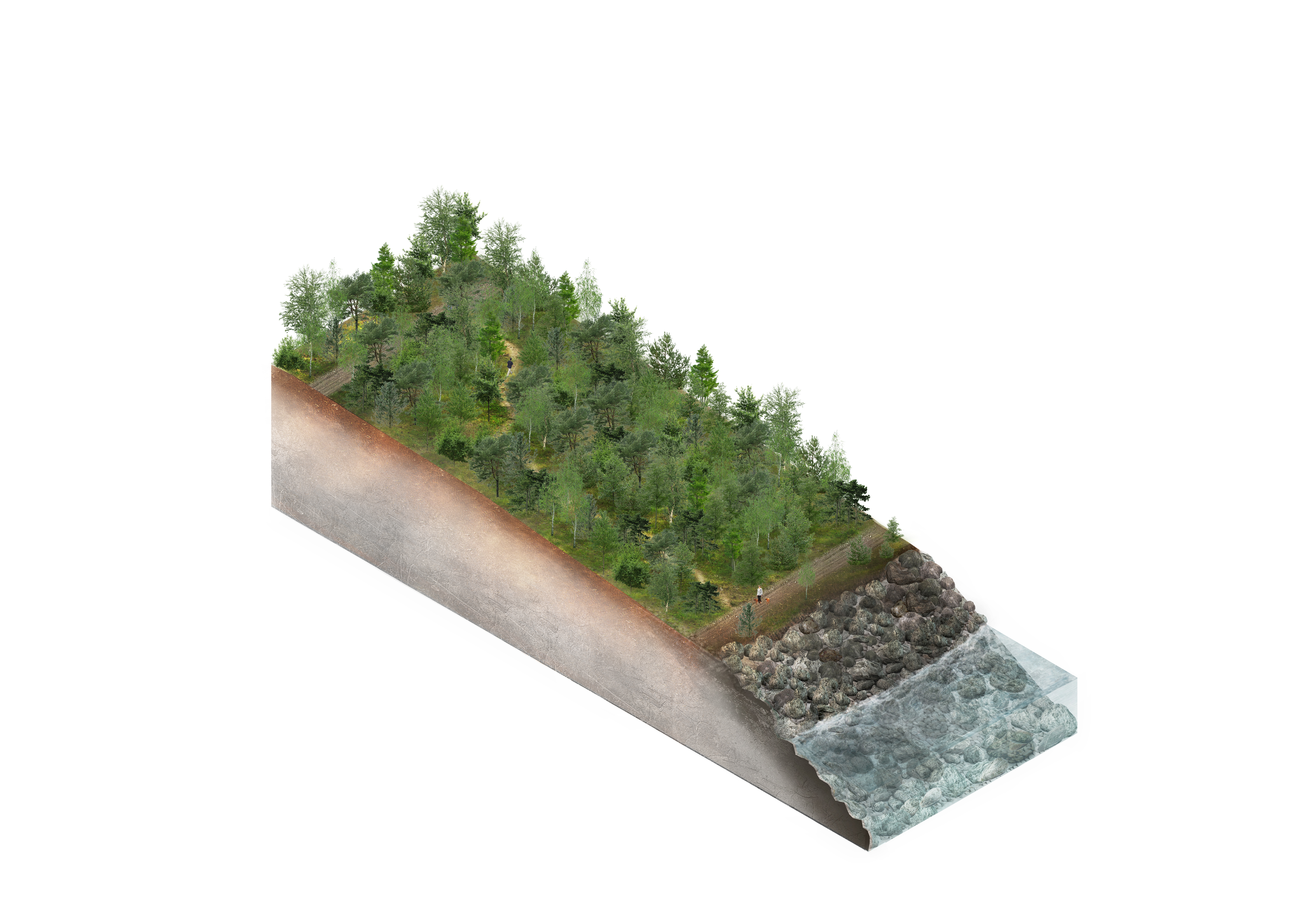
Expected woodland development
1st year after completion
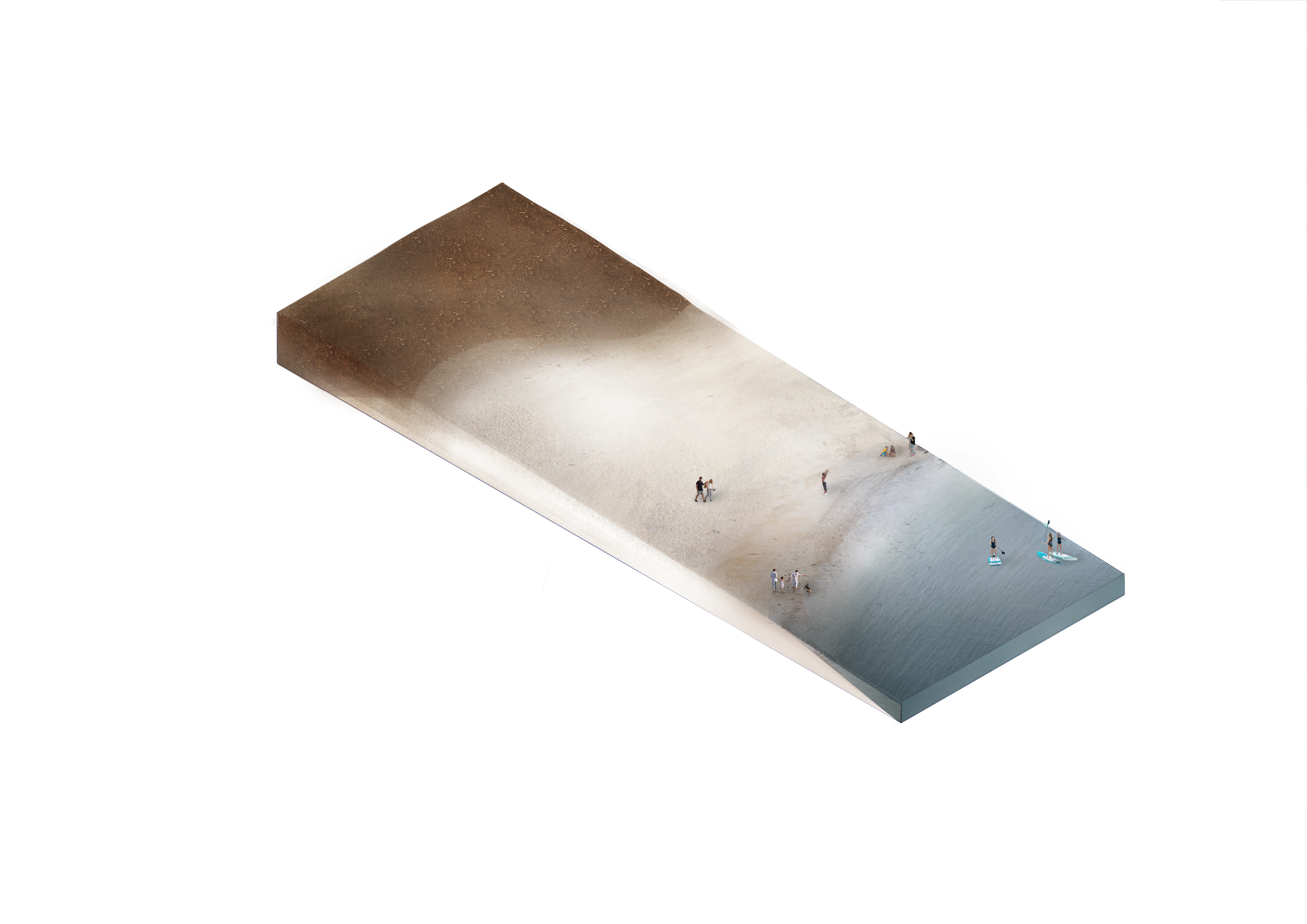
Sandy beach:
- Open land
- Sown vegetation

About 20 years later...

Expected development to grassland with scrub and individual bushes and trees
1st year after completion
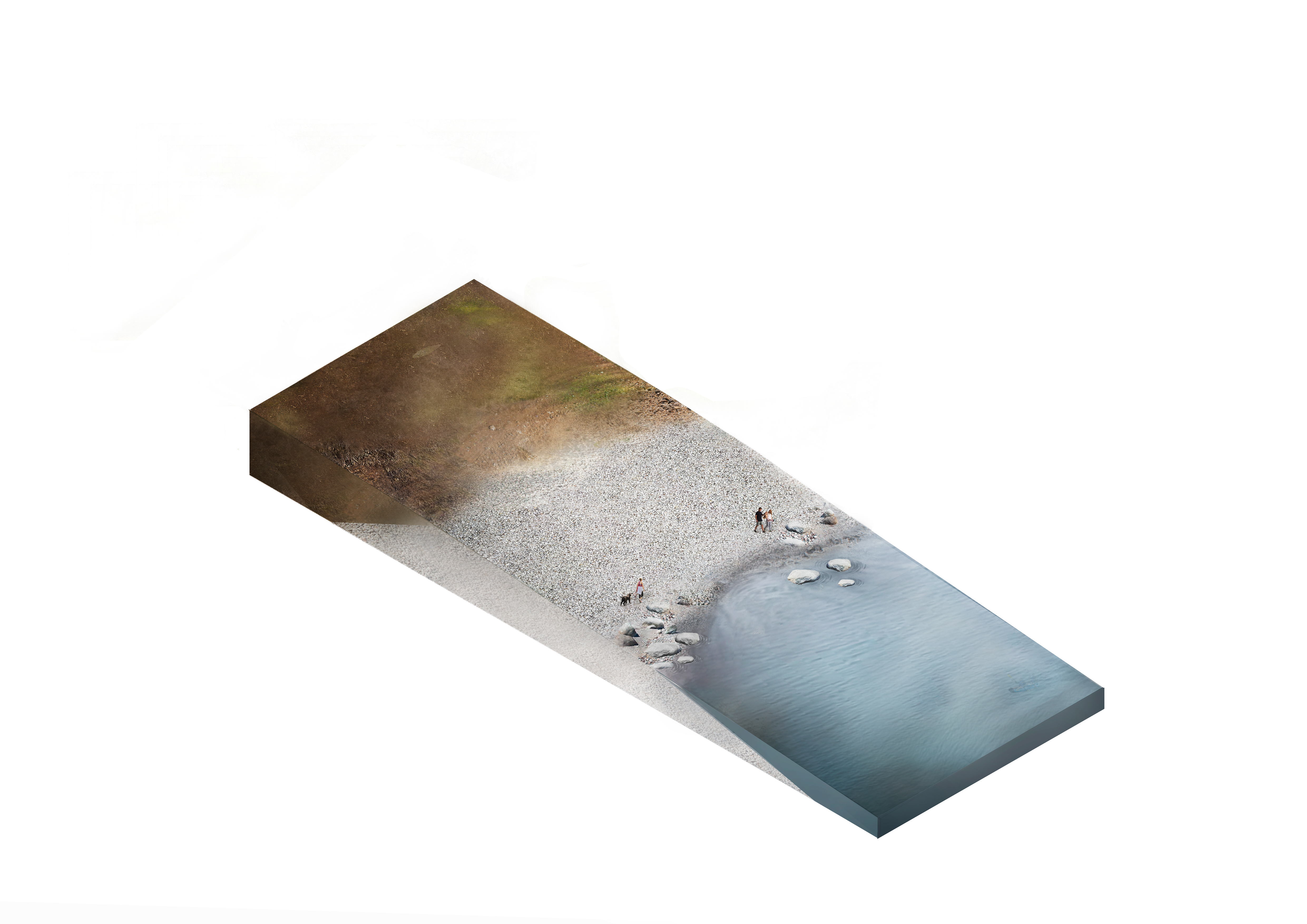
Stony beach:
- Open land
- Sown vegetation

About 20 years later...
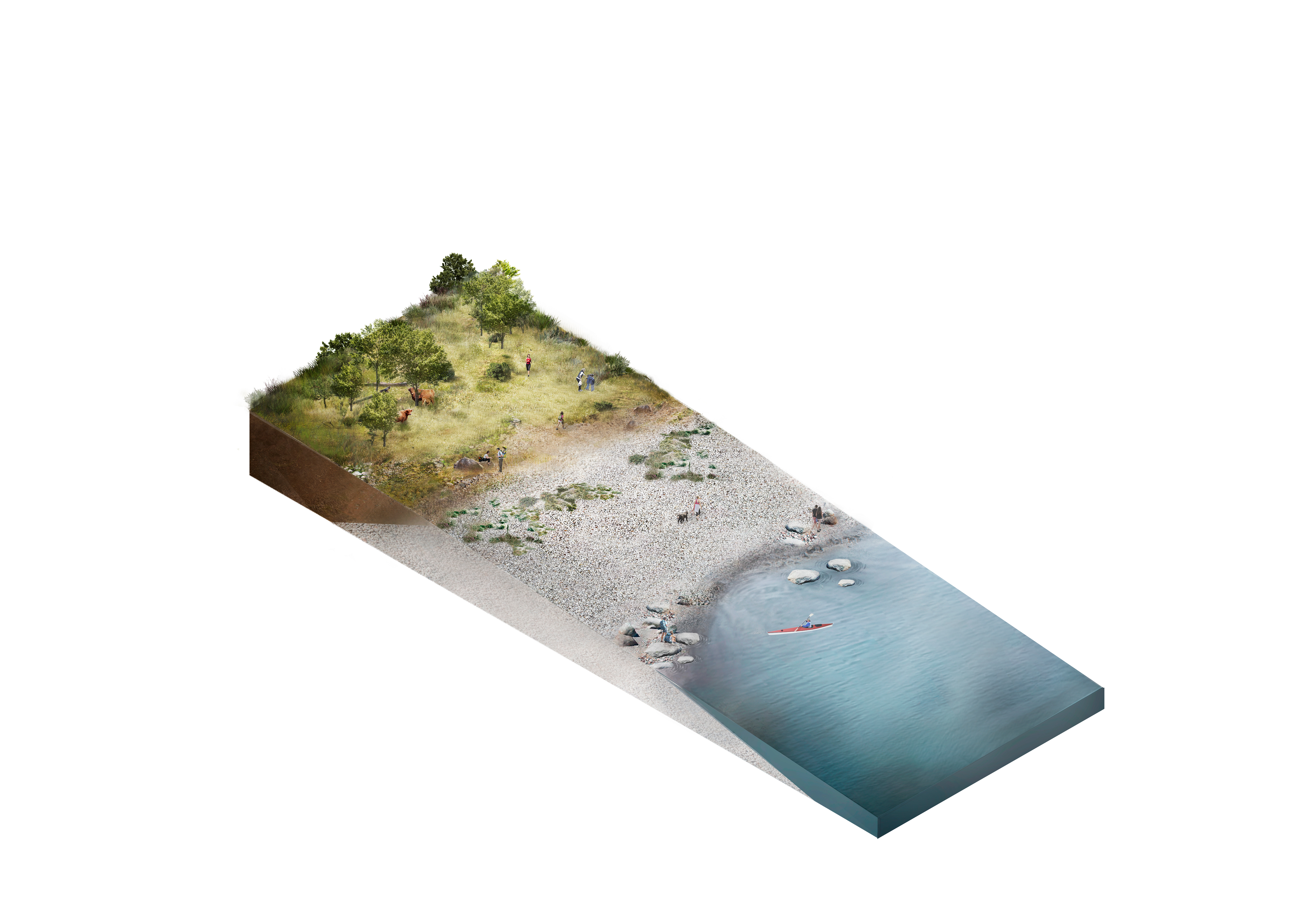
Expected development to grassland with scrub and individual bushes and trees
Coastal landscape development - Schedule
Perimeter

Phase 1: Completion
Phase 2: Completion around 2026
Earth-fill

Phase 1: Earth-fill completed around 2026
Phase 2: Earth-fill completed around 2050
Coastal landscape

Phase 1: Open to the public from 2030 – with planting and pathways
Phase 2: Final date not set





